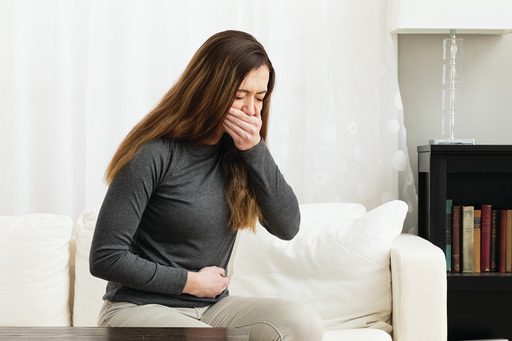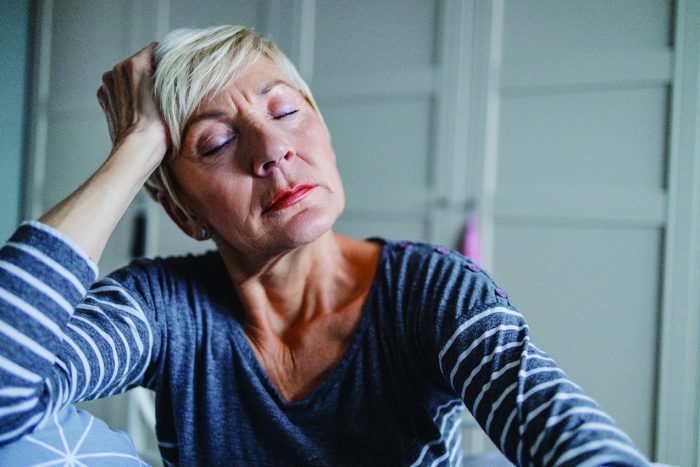By Dylan Friedman
Recent Centers for Disease Control and Prevention data indicates a significant increase in illness across the United States, with roughly 40 states reporting high illness activity levels in the past week.
So, what illnesses are hitting the hardest at the moment?
According to Carrie Reed, epidemiologist with the CDC Influenza Division, as reported in a recent NBC News Chicago article, “There is a lot of flu out there.”
Reed further emphasized that the current flu surge is being driven by multiple strains, a fact supported by the latest CDC hospitalization data.
According to the CDC, “flu symptoms usually come on suddenly.”
Some of the most common symptoms include fever or feeling feverish/chills, cough, sore throat, runny or stuffy nose, muscle or body aches, headaches and fatigue (tiredness). Some people may have vomiting and diarrhea, though this is more common in children than in adults.
According to the CDC, antiviral medications may be a treatment option if you contract the flu. These medications can potentially lessen the severity of illness and shorten the duration of sickness. They may also help prevent certain flu complications, such as pneumonia.
For optimal effectiveness, antiviral medications should be initiated promptly, ideally within the first two days of the onset of flu symptoms.
While the flu is prevalent at the start of 2025, it is essential to note that several pathogens, including COVID-19 and respiratory syncytial virus, can present with similar symptoms, such as fever, cough and sore throat. While RSV typically causes cold-like symptoms, it can pose significant health risks for infants and the elderly.
According to the CDC, people infected with RSV usually exhibit symptoms within four to six days after getting infected. The most common symptoms are runny nose, congestion, decrease in appetite, coughing, sneezing and fever.
It is also important to note that symptoms often appear in stages rather than simultaneously. While adults may experience more pronounced symptoms, they can be less noticeable in young infants. Although RSV typically causes mild cold-like illness, it can lead to severe conditions such as bronchiolitis and pneumonia.
Preventive and protective measures against RSV infection vary depending on the age group. For adults, RSV vaccination is recommended for individuals aged 75 and older as well as those aged 60-74, who are considered at increased risk for severe RSV. In infants, two primary approaches are utilized to mitigate the risk of severe RSV infection. First, a maternal RSV vaccine can be administered to pregnant women, providing some level of protection to the developing fetus. Alternatively, an RSV antibody can be administered to infants after birth to enhance their immunity against the virus.
Additionally, the common cold can present with symptoms similar to both RSV and the flu, including a runny nose, sore throat and cough. While the common cold is generally considered a mild illness, it can cause significant discomfort and may lead to more serious complications in individuals with weakened immune systems, such as the elderly or those with chronic health conditions.
According to the CDC, the manifestation of cold symptoms usually reaches a peak within two to three days of infection and may include runny nose or nasal congestion, cough, sneezing, sore throat, headache, mild body aches and fever (usually low grade in older children and adults).
The common cold is a self-limiting viral infection that typically resolves without the need for specific medical intervention. It is crucial to understand that antibiotics are ineffective against viruses and, therefore, will not alleviate cold symptoms.
Additionally, individuals experiencing cold-like symptoms who suspect a possible COVID-19 or flu infection, particularly those at elevated risk for severe illness, are strongly encouraged to undergo testing.
Antiviral treatments are available for both COVID-19 and flu, and their efficacy is significantly enhanced when administered promptly following the onset of symptoms.
More information can be found on the CDC website: www.cdc.gov.



















